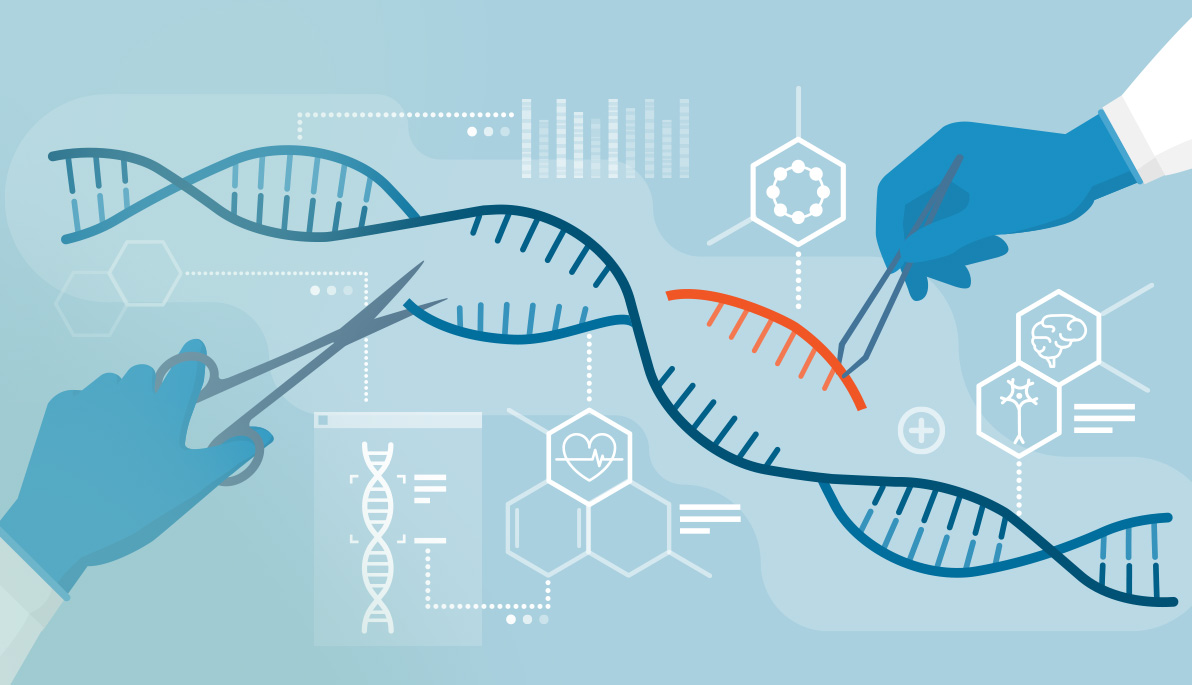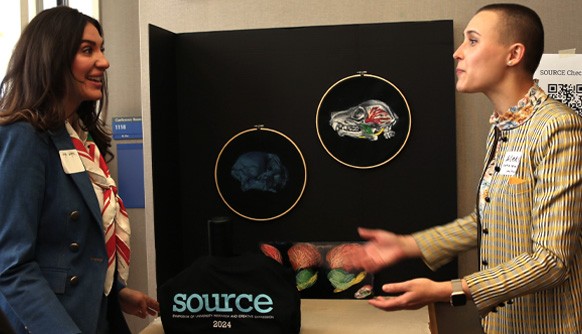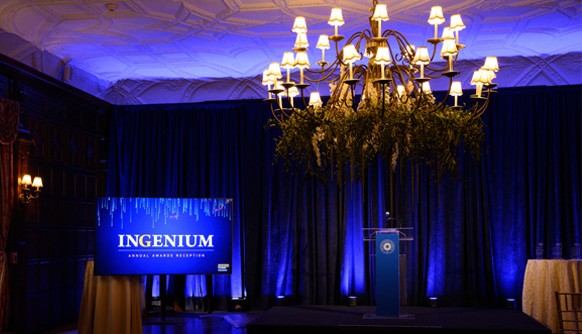News
Q&A: CRISPR Explained
October 30, 2020
Earlier this month, researchers Emmanuelle Charpentier, Ph.D., and Jennifer Doudna, Ph.D., won the Nobel Prize in Chemistry for discovering CRISPR, an effective gene-editing technology that is expected to change the world.
Since breaking onto the scene in 2012, CRISPR has been praised for its revolutionary impact on the life sciences and the ability to help scientists find new cancer therapies and cures for inherited diseases. Like a pair of tiny, precise scissors, CRISPR edits genes by snipping out sections of DNA and replacing them with new, healthy gene sections, fine-tuning the genes of animals, plants, and microorganisms with very high precision.
Though the technology has generated a great deal of buzz and media attention, CRISPR is still often misunderstood by governments and the general public. While many have referred to the technology as the “genetic scissors for rewriting life’s code,” others point to controversial research such as the 2018 birth of twin girls whose genes were modified by a Chinese scientist, He Jiankui, Ph.D. While the project has raised ethical concerns in the media and scientific community, many life science researchers, like Bryan Gibb, Ph.D., assistant professor of biological and chemical sciences in NYIT College of Arts and Sciences, make the case for well-intended gene CRISPR research and innovation.
Gibb sat down with The Box to help explain CRISPR and set the record straight.
What is CRISPR?
CRISPR stands for Clustered Regularly Interspaced Repeats, which is a mouthful. But quite simply, in the natural world, CRISPR systems are used by bacteria and archaea as a form of immunity from viruses. If a bacterium with a CRISPR system survives an infection from one of these bacterial viruses, called bacteriophages, one or more sequences of the DNA of that virus are incorporated into the CRISPR defense region as memory. These snippets of the virus DNA are like molecular barcodes, and CRISPR uses a special set of molecular scissors called nucleases that seek out and cut-up any matching DNA. So, if a bacteriophage happens to try and infect the bacteria again, the DNA of the virus is destroyed, protecting the bacteria from viral infection. Some might think of this as a primitive immune system, but it’s one that has transformed scientific research and opened the door to the types of genetic manipulations of science fiction.
What is CRISPR used for?
Jennifer Doudna and Emmanuel Charpentier won the Nobel prize in chemistry for uncovering how CRISPR works and they, along with many others, quickly realized the potential to use CRISPR as a genetic engineering tool. There are many different CRISPR systems that work in different ways, but they all rely on some form of nuclease to cut up target DNA or RNA. The most famous of these is Cas9, which can be easily be programmed to cut almost any target DNA not only in bacteria, but many other organisms including mice and humans. Cas9 made these types of genetic modifications much faster, easier, and cheaper than any prior technologies. The use of Cas9 has transcended almost all forms of biological research because now it’s so much easier to make programmed genetic changes to almost any organism. This has profound benefits to basic research studying all manner of disease. However, the spotlight has been cast on Cas9 and other CRISPR systems for their potential to make genetic changes in people, to use these tools to cure genetic disease.
What are some of the common concerns about CRISPR?
With great power comes great responsibility, and just as these tools unlock the potential to make programmed changes for curing diseases, they also make it possible to tinker with other genes too. These types of changes may seem simple for instances when you have a single gene that is responsible for a target trait, but many traits are polygenic, meaning they are influenced by more than one gene, and we don’t fully understand what genes are involved and how—but this is an area of intense research and progress.
Another worrisome issue with CRISPR is precision. Although these nucleases are very accurate, sometimes they cut at the wrong place, leaving the possibility for unpredictable genetic changes. Finally, there are some additional ethical issues about how and where to make genetic changes. Most cells of your body are somatic cells that are not passed on to your children, but germ cells, which form eggs and sperm, are. Therefore, any genetic changes made to germ cells would be inherited, and that carries a load of additional ethical considerations. It is for these reasons that Doudna and Charpentier are leaders in discussions about the ethical use of CRISPR. They, and the larger scientific community, recognize that the potential unlocked by CRISPR tools does not mean we have the knowledge and ability to safely make those genetic changes, though many wonder about when that will be possible. There are already clinical trials of CRISPR being used to program immune cells to fight cancer and cure genetic disorders in the eye. However, we are a long way from using CRISPR to make genetically designed babies.
How can misconceptions about CRISPR impact its potential innovation?
Walter Isaacson’s New York Times opinion piece, “This Year’s Nobel Prize in Chemistry Honors a Revolution,” is a reminder that while there will be those who misuse CRISPR, we must ensure that those researchers with good intentions, like Nobel Prize winner Jennifer Doudna, are not held back from their important research.
When work by biophysics researcher He Jiankui, formerly of the Southern University of Science and Technology in Shenzhen, China, raised ethical concerns in 2018, concern also grew that well-intended gene-editing work may suffer. As a biochemical researcher, I worry about the possibility of governments’ kneejerk reactions to shutdown gene editing research, which would stop the good advances to cure disease. Leaders in the CRISPR field, including Dr. Doudna, have been holding meetings and discussions on this for years now.
What’s the bottom line?
Regardless of whether you agree with human gene editing, we can’t undiscover CRISPR and the tools that enable it. Shutting down well-intended research will not stop those with bad intentions. It’s still early days in human gene editing, and though the potential applications of CRISPR sound like something from a sci-fi movie, there is still more to discover. If we’ve seen anything from He Jiankui’s misuse, it’s that we still have much to learn.
This interview has been edited and condensed.





